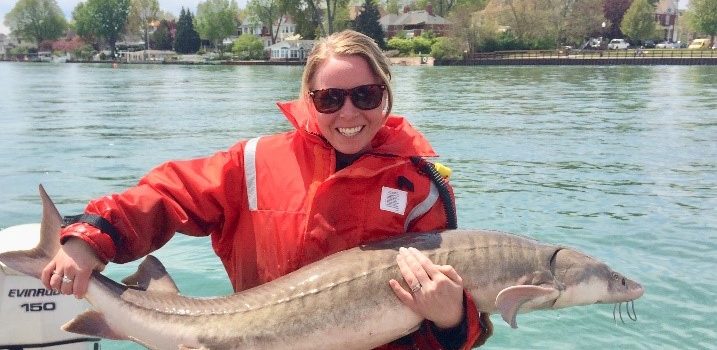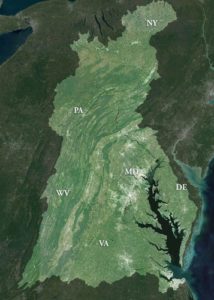
Celebrating 50 years of the Clean Water Act
By Kevin Culp
This year marks the 50th anniversary of the Clean Water Act. Passed by Congress in 1972 as part of a sweeping and wide-ranging environmental

legislation package, it has served as a powerful tool for protecting America’s estuaries from point source pollution.
The Clean Water Act’s power is derived from the federal government’s ability to regulate commerce. This also allowed for the regulation of waterways where ships could travel and do commercial activities.
The question of what classifies as a commercial waterway has been a recurring issue. While estuaries have always been protected under the Act, the wetlands that surround estuaries have not been so lucky. The ambiguity and inconsistency of this definition has unfortunately, at certain times, left estuarine systems vulnerable to pollution.
There has been a multitude of efforts to clear up this ambiguity. The most notable was in 2014 when the EPA and US Army Corps of Engineers published the Clean Water Rule, also known as the Waters of the United States Rule (WOTUS). This expanded the scope of the Act to include streams and wetlands that can significantly affect the waters under federal jurisdiction.
However, the sixth circuit court quickly issued a stay, leaving stakeholders with no clear, common definition of what classifies as “water”.

The EPA is currently seeking to restore the 2014 rule, though. A restoration of WOTUS would better protect estuaries by helping preserve their surrounding wetlands and upstream waterways.
By protecting estuaries, the estuaries can better protect us from climate change. Wetlands and marshes serve as carbon sinks, known as blue carbon. Including all wetlands under the definition of WOTUS would help immensely in mitigating climate change.
One of the most notable benefits of the Clean Water Act occurred in 2010 when the EPA issued a Total Maximum Daily Load (TMDL) for the Chesapeake Bay watershed. This limited the amount of excess phosphorous, nitrogen, and sediment pollution that could be dumped into the Bay.
By implementing these pollution limits, the health of the Chesapeake Bay and its surrounding ecosystem benefited greatly due to the cleaner water. The healthier marine ecosystem supported and continues to support the plants that depend on clean water and the animals that depend on abundant food supplies in the bay.
The Act protects estuaries. It established standards for water quality and an anti-degradation policy. These policies ensure that waters are habitable for marine life, a circumstance which is essential for estuarine ecosystems to thrive.
With 50 years of stronger estuaries behind us, we are hopeful for many more decades of clean water, healthy estuaries, and thriving, diverse ecosystems.

Kevin Culp is a first year student at American University studying international. He is from the Washington, D.C. region and is interning with Restore America’s Estuaries this Spring.
